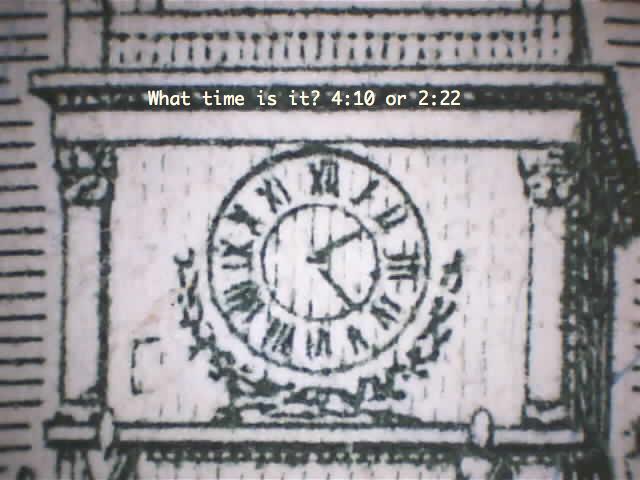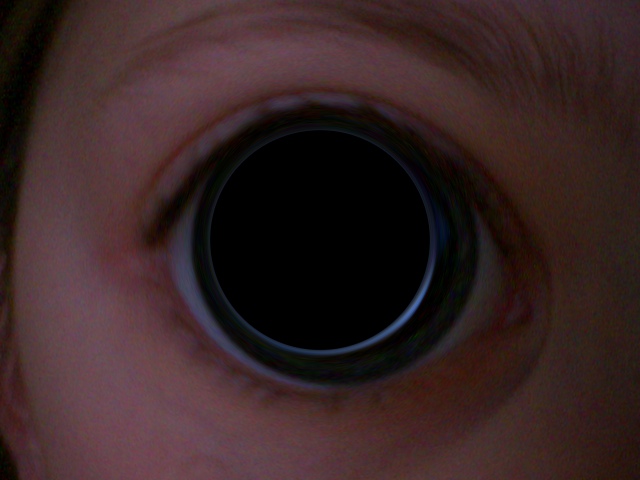
or (B) An individual who has benefits for such item or service.

4 The rules define an "uninsured (or self-pay)" patient as "(A) An individual who does not have benefits for an item or service under a group health plan, group or individual health insurance coverage offered by a health insurance issuer, Federal health care program. 3 The regulations refer to such providers as the "convening provider" or "convening facility", i.e., "the provider or facility who receives the initial request for a good faith estimate from an uninsured (or self-pay) individual and who is or, in the case of a request, would be responsible for scheduling the primary item or service." (45 CFR 149.610(a)(2)(ii)).
#Mixscope license license#
"Provider" means "a physician or other health care provider who is acting within the scope of practice of that provider's license or certification under applicable State law, including a provider of air ambulance services." (Id. 2 The self-pay rules apply to health care "facilities" and "providers." For purposes of this rule, "facility" is defined as "an institution (such as a hospital or hospital outpatient department, critical access hospital, ambulatory surgical center, rural health center, federally qualified health center, laboratory, or imaging center) in any State in which State or applicable local law provides for the licensing of such an institution.

at 164.620), and the IDR process for disputes over the out-of-network rates (id. Effective January 1, 2022, virtually all healthcare facilities and providers2 from whom a self-pay patient seeks care3 must (1) notify self-pay patients4 of their right to obtain a good faith estimate of anticipated charges and (2) provide aġ The No Surprise Billing Rules implement the No Surprises Act and issued in two parts: Part I covers limits on balance billing and out-of-network provider rates (45 CFR 149.410-.450, 86 FR 36872 (7/13/21)) Part II applies to the good faith estimate for self-pay patients (45 CFR 149.610), the SDR process for disputes about the estimate (id. To that end, the rules require the following:Īll Providers and Facilities: Good Faith Estimate to Self-Pay Patients. The rules were designed to protect patients in two situations: (1) a selfpay patient who receives a bill for substantially more than they expected and (2) an insured patient who receives an unexpected bill from an out-of-network (OON) provider or facility for certain emergency or non-emergency services. This short guide is intended to help providers understand, implement, and monitor compliance with the new rules.

Many providers make the No Surprise Billing Rules1 more complicated and expansive than they are.


 0 kommentar(er)
0 kommentar(er)
